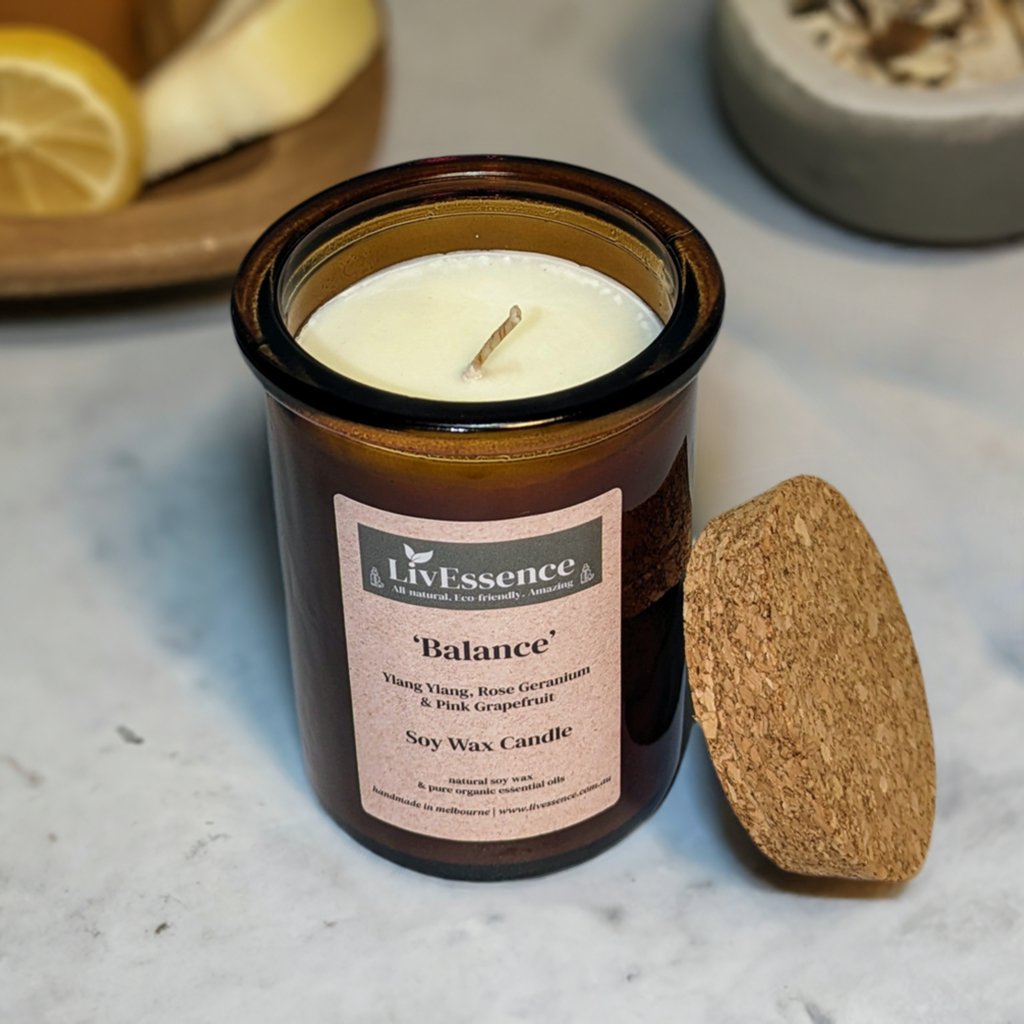Infuse Your Home with the Scent of Crystal Soy Candles and Home Fragrance
Infuse Your Home with the Scent of Crystal Soy Candles and Home Fragrance
Blog Article
From Wick to Wax: Recognizing the Chemistry Behind Soy Wax Candles and Their Environmental Impact
As we illuminate our areas with the cozy glow of candle lights, there lies a world of detailed chemistry behind the apparently simple act of lighting a soy wax candle. Join us as we untangle the scientific details behind soy wax candles and discover their implications on our environment.
Soy Wax Vs. Paraffin Wax
When contrasting soy wax and paraffin wax for candle production, it is necessary to comprehend the distinct characteristics and benefits of each product. Soy wax is an all-natural, renewable energy originated from soybean oil, making it green and biodegradable - soy candles. In contrast, paraffin wax is a byproduct of oil refining, which increases problems concerning its ecological impact and sustainability
Soy wax candle lights melt cleaner and discharge much less soot compared to paraffin wax candles, making them a much healthier option for indoor air high quality. Additionally, soy wax has a reduced melting point, enabling a longer-lasting candle that distributes fragrance better. Paraffin wax, on the other hand, tends to melt faster and much less easily, possibly releasing hazardous chemicals into the air.
From a sustainability viewpoint, soy wax is favored for its biodegradability and renewable sourcing, straightening with the expanding customer preference for ecologically conscious products. While paraffin wax has actually been a conventional option in candle light making because of its cost and simplicity of use, the shift towards environmentally friendly choices like soy wax is gaining energy in the industry.
Chemical Composition of Soy Wax

Combustion Process in Soy Candles
The chemical structure of soy wax directly affects the combustion procedure in soy candles, affecting elements such as shed time, fragrance launch, and ecological influence. When a soy candle is lit, the warmth from the fire thaws the wax near the wick.
The combustion efficiency of soy candles is affected by the purity of the soy wax and the top quality of the wick. A clean-burning soy candle with an appropriately sized he said wick will certainly produce a stable fire and decrease soot formation. This not only expands the shed time of the candle try this out light but also improves the launch of scents. Additionally, soy wax candles have a lower environmental impact compared to paraffin candles as a result of their renewable and biodegradable nature.

Environmental Benefits of Soy Wax

Thought about a lasting option to standard paraffin wax, soy wax uses remarkable ecological advantages that make it a popular selection amongst eco-conscious consumers. Soy wax burns cleaner and generates much less residue than paraffin wax, adding to far better indoor air high quality and decreasing the requirement for cleaning and upkeep. Generally, the ecological advantages of soy wax line up with the growing demand for environment-friendly and lasting items in the market.
Recycling and Disposal Factors To Consider
Recycling and proper disposal of soy wax candle lights play a critical function in preserving environmental sustainability and lowering waste in households and neighborhoods. When it comes to recycling soy wax candles, the initial action is to make sure that the candle has actually melted completely.

In terms of disposal, if recycling is not an option, soy wax candle lights are eco-friendly and can be securely taken care of in the majority of family waste systems. Nevertheless, it is always recommended to contact regional recycling centers or waste administration services for specific standards on candle disposal to make sure correct handling and ecological protection.
Final Thought
In final thought, the chemistry behind soy wax candles exposes their environmental benefits over paraffin wax candle lights. Soy wax, originated from soybean oil, burns cleaner and produces much less soot when contrasted to paraffin wax. The burning procedure home in soy candles is extra effective, leading to a much longer and more also burn. In addition, soy wax is renewable and eco-friendly, making it a more lasting choice for candle manufacturing. Reusing and proper disposal of soy wax candles additionally add to their ecological influence.
When comparing soy wax and paraffin wax for candle light production, it is vital to understand the unique features and benefits of each material (soy wax candles).Soy wax candle lights shed cleaner and send out less soot compared to paraffin wax candle lights, making them a healthier option for interior air top quality.Considered a lasting alternative to conventional paraffin wax, soy wax uses remarkable ecological advantages that make it a prominent selection amongst eco-conscious customers. Soy wax burns cleaner and produces much less residue than paraffin wax, contributing to better indoor air high quality and minimizing the need for cleaning and maintenance.In conclusion, the chemistry behind soy wax candles exposes their ecological advantages over paraffin wax candles
Report this page